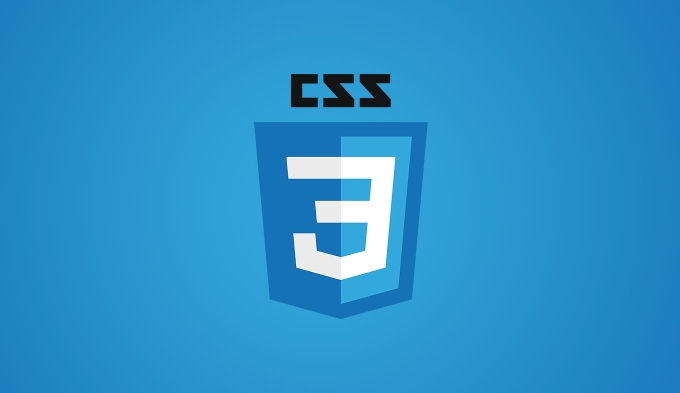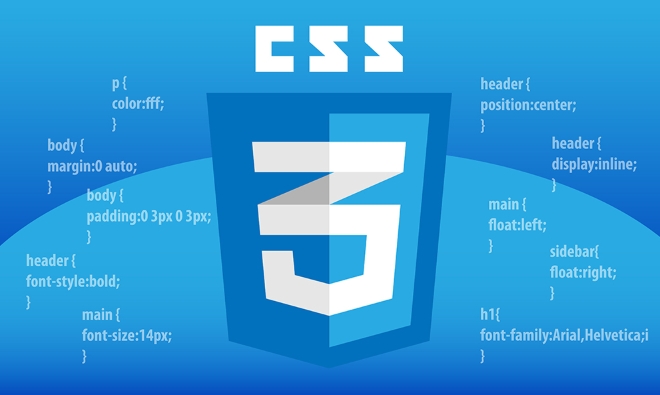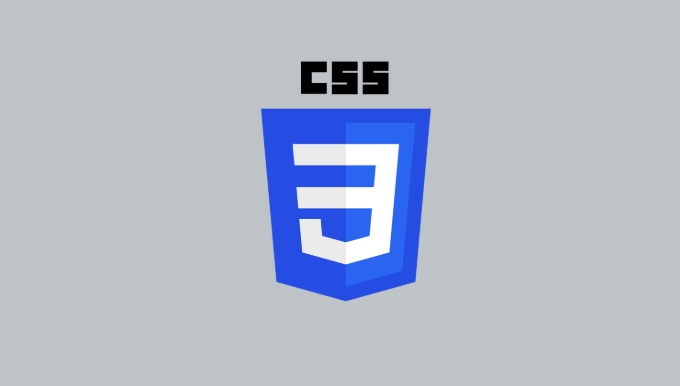To handle CSS browser compatibility and prefix issues, you need to understand the differences in browser support and use vendor prefixes reasonably. 1. Understand common problems such as Flexbox and Grid support, position: sticky fails, and animation performance is different; 2. Check Can I use to confirm the support of features; 3. Use -webkit-, -moz-, -ms-, -o- and other vendor prefixes correctly; 4. It is recommended to use Autoprefixer to automatically add prefixes; 5. Install PostCSS and configure browserslist to specify the target browser; 6. Automatically handle compatibility during construction; 7. Modernizr detection features can be used for old projects; 8. There is no need to pursue consistency of all browsers to ensure that core functions are available; 9. Use CSS fallback scheme to provide alternative styles. Mastering these skills can effectively address compatibility challenges.

The key to dealing with CSS browser compatibility and prefix issues is to understand the differences in support of new features by different browsers and how to use vendor prefixes reasonably. Don't expect writing a set of CSS to work perfectly in all browsers, but with some tips and tools, the trouble caused by compatibility can be greatly reduced.

Understand common browser compatibility issues
New CSS features (such as Flexbox, Grid, Backdrop-filter, etc.) are supported in different browsers. Some browsers may not support it at all, some require prefixes, and some implements slightly differently.

Frequently asked questions include:
- Some styles do not work in older versions of Chrome or Safari
- Use
position: stickyfails in some browsers - Animation or gradients do not perform consistently on Firefox and Edge
The first step to solving these problems is to check Can I use to confirm whether the CSS feature you are using is supported by the target browser.

Use manufacturer prefix correctly
Vendor prefixes are intended to enable the browser to implement experimentally before formally supporting a feature. Although many modern browsers now have automatically processed these prefixes, they still need to be added manually in some cases.
Commonly used prefixes are:
-
-webkit-: Chrome, Safari -
-moz-:Firefox -
-ms-:IE/Edge (early) -
-o-: Opera (old version)
For example:
.example {
-webkit-transform: rotate(30deg);
-moz-transform: rotate(30deg);
-ms-transform: rotate(30deg);
-o-transform: rotate(30deg);
transform: rotate(30deg);
}However, it is now more recommended to use tools like Autoprefixer to automatically handle prefix issues.
Use tools to automate compatibility issues
It's too hard to manually manage compatibility and prefixes, but fortunately there are many tools to help us:
- Autoprefixer : Used in conjunction with PostCSS, automatically generate the required prefixes based on your target browser.
- PostCSS : A powerful CSS processing tool with rich plug-ins and can do a lot of optimizations.
- Babel (for CSS-in-JS) : If you are using styled-components or emotion, the Babel plugin can also help you with compatibility.
The steps for use are roughly as follows:
- Install PostCSS and Autoprefixer
- Configure
browserslist(tell the tool which browsers you want to support) - Automatically add prefixes when building
Configuration example ( browserslist ):
{
"browserslist": [
"last 2 versions",
"> 1%",
"not dead"
]
}This will ensure that your CSS works properly in most browsers without manual intervention.
Some practical suggestions
- For old projects, you can consider introducing Modernizr to detect whether the browser supports certain features.
- Don’t blindly pursue “all browsers are completely consistent” and focus on ensuring that core functions are available.
- Use CSS fallback schemes, such as providing alternative styles for unsupported browsers.
For example:
.box {
background: #ccc; /* fallback */
background: linear-gradient(to right, #fff, #eee);
}Basically that's it. Although compatibility issues are annoying, they can be easily dealt with as long as they master the basic routines and cooperate with tools. The key is to know when to add prefix and when to give up support for old browsers.
The above is the detailed content of Addressing CSS Browser Compatibility issues and prefixes. For more information, please follow other related articles on the PHP Chinese website!

Hot AI Tools

Undress AI Tool
Undress images for free

Undresser.AI Undress
AI-powered app for creating realistic nude photos

AI Clothes Remover
Online AI tool for removing clothes from photos.

Clothoff.io
AI clothes remover

Video Face Swap
Swap faces in any video effortlessly with our completely free AI face swap tool!

Hot Article

Hot Tools

Notepad++7.3.1
Easy-to-use and free code editor

SublimeText3 Chinese version
Chinese version, very easy to use

Zend Studio 13.0.1
Powerful PHP integrated development environment

Dreamweaver CS6
Visual web development tools

SublimeText3 Mac version
God-level code editing software (SublimeText3)

Hot Topics
 What is 'render-blocking CSS'?
Jun 24, 2025 am 12:42 AM
What is 'render-blocking CSS'?
Jun 24, 2025 am 12:42 AM
CSS blocks page rendering because browsers view inline and external CSS as key resources by default, especially with imported stylesheets, header large amounts of inline CSS, and unoptimized media query styles. 1. Extract critical CSS and embed it into HTML; 2. Delay loading non-critical CSS through JavaScript; 3. Use media attributes to optimize loading such as print styles; 4. Compress and merge CSS to reduce requests. It is recommended to use tools to extract key CSS, combine rel="preload" asynchronous loading, and use media delayed loading reasonably to avoid excessive splitting and complex script control.
 External vs. Internal CSS: What's the Best Approach?
Jun 20, 2025 am 12:45 AM
External vs. Internal CSS: What's the Best Approach?
Jun 20, 2025 am 12:45 AM
ThebestapproachforCSSdependsontheproject'sspecificneeds.Forlargerprojects,externalCSSisbetterduetomaintainabilityandreusability;forsmallerprojectsorsingle-pageapplications,internalCSSmightbemoresuitable.It'scrucialtobalanceprojectsize,performanceneed
 Does my CSS must be on lower case?
Jun 19, 2025 am 12:29 AM
Does my CSS must be on lower case?
Jun 19, 2025 am 12:29 AM
No,CSSdoesnothavetobeinlowercase.However,usinglowercaseisrecommendedfor:1)Consistencyandreadability,2)Avoidingerrorsinrelatedtechnologies,3)Potentialperformancebenefits,and4)Improvedcollaborationwithinteams.
 CSS Case Sensitivity: Understanding What Matters
Jun 20, 2025 am 12:09 AM
CSS Case Sensitivity: Understanding What Matters
Jun 20, 2025 am 12:09 AM
CSSismostlycase-insensitive,butURLsandfontfamilynamesarecase-sensitive.1)Propertiesandvalueslikecolor:red;arenotcase-sensitive.2)URLsmustmatchtheserver'scase,e.g.,/images/Logo.png.3)Fontfamilynameslike'OpenSans'mustbeexact.
 What is Autoprefixer and how does it work?
Jul 02, 2025 am 01:15 AM
What is Autoprefixer and how does it work?
Jul 02, 2025 am 01:15 AM
Autoprefixer is a tool that automatically adds vendor prefixes to CSS attributes based on the target browser scope. 1. It solves the problem of manually maintaining prefixes with errors; 2. Work through the PostCSS plug-in form, parse CSS, analyze attributes that need to be prefixed, and generate code according to configuration; 3. The usage steps include installing plug-ins, setting browserslist, and enabling them in the build process; 4. Notes include not manually adding prefixes, keeping configuration updates, prefixes not all attributes, and it is recommended to use them with the preprocessor.
 What are CSS counters?
Jun 19, 2025 am 12:34 AM
What are CSS counters?
Jun 19, 2025 am 12:34 AM
CSScounterscanautomaticallynumbersectionsandlists.1)Usecounter-resettoinitialize,counter-incrementtoincrease,andcounter()orcounters()todisplayvalues.2)CombinewithJavaScriptfordynamiccontenttoensureaccurateupdates.
 CSS: When Does Case Matter (and When Doesn't)?
Jun 19, 2025 am 12:27 AM
CSS: When Does Case Matter (and When Doesn't)?
Jun 19, 2025 am 12:27 AM
In CSS, selector and attribute names are case-sensitive, while values, named colors, URLs, and custom attributes are case-sensitive. 1. The selector and attribute names are case-insensitive, such as background-color and background-Color are the same. 2. The hexadecimal color in the value is case-sensitive, but the named color is case-sensitive, such as red and Red is invalid. 3. URLs are case sensitive and may cause file loading problems. 4. Custom properties (variables) are case sensitive, and you need to pay attention to the consistency of case when using them.
 Case Sensitivity in CSS: Selectors, Properties, and Values Explained
Jun 19, 2025 am 12:38 AM
Case Sensitivity in CSS: Selectors, Properties, and Values Explained
Jun 19, 2025 am 12:38 AM
CSSselectorsandpropertynamesarecase-insensitive,whilevaluescanbecase-sensitivedependingoncontext.1)Selectorslike'div'and'DIV'areequivalent.2)Propertiessuchas'background-color'and'BACKGROUND-COLOR'aretreatedthesame.3)Valueslikecolornamesarecase-insens






